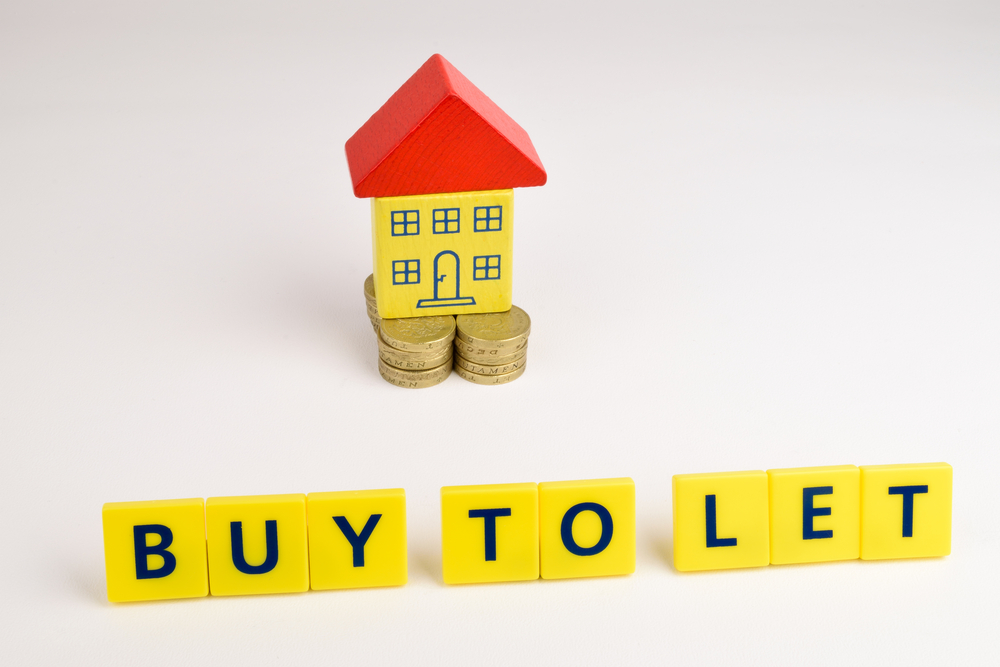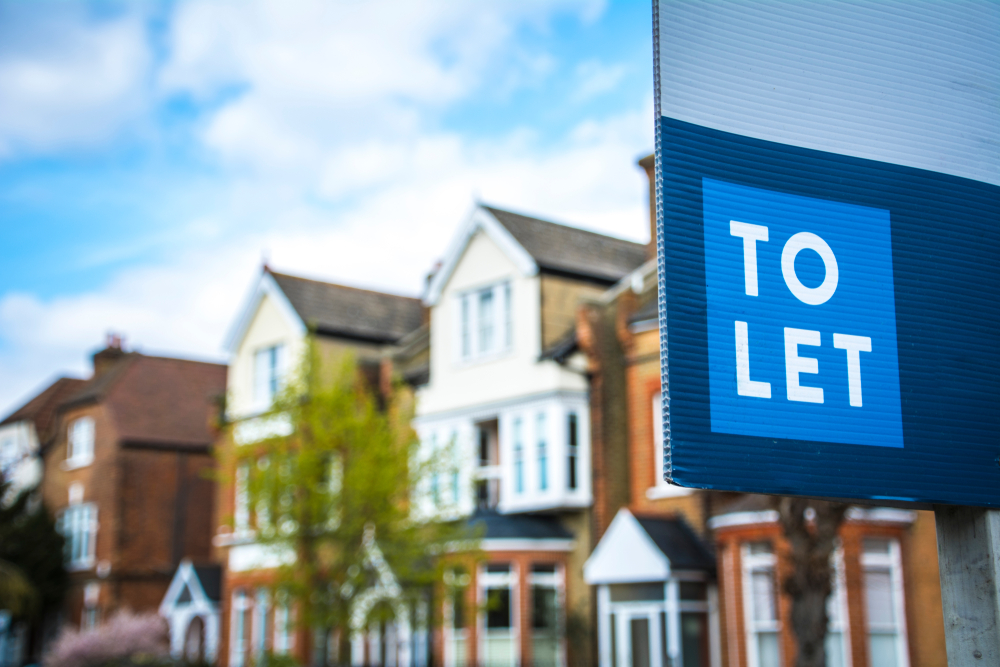The buy-to-let market was one of the most popular ways to make money for many years in the UK, mainly due to a combination of cheap mortgages and rising house prices. However, with interest rates rising and the pressure to modify rental properties to be more energy-efficient, is it still worthwhile investing in buy-to-let in 2024 and beyond?
Whether you’re thinking about renting out a property that you already own or you’re considering buying a property to let out, before you make a decision either way, make sure you check out the guide below. Read on discover:
- What are the advantages of buy-to-let properties?
- What are the disadvantages of buy-to-let properties?
- How much return on investment can I expect from a buy-to-let?
- Is buy-to-let still worth it?
What are the advantages of buy-to-let properties?

Buy-to-let has several advantages for investors, even in today’s more challenging market. Some of the most notable benefits are as follows:
A good source of income
If you’re looking for an investment where you can enjoy regular income, a buy-to-let property is a good choice. With the right buy-to-let property, you can significantly boost your savings or give yourself more disposable income to enjoy each month.
As a general guide, average rents have increased across the UK, with the average London rent having risen to a record high of £2,627 per month. To put this into perspective, this a 12.1% increase on the last year.
Capital growth
Buy-to-let properties aren’t just advantageous in the short-term but they can also help you financially in the long-term. It’s no secret that property prices tend to increase over time, which means that you can easily sell your investment properties for a profit in the future, if you wish to do so, of course.
It’s worth knowing that UK properties not only increase in value over time, but also tend to outpace inflation.
High demand for rental properties
Even though more and more people are trying to get on the property ladder, demand for rental properties is still high. This is predominantly driven by an imbalance in supply and demand, but also because of the gap between what first-time buyers can afford and what buying a home costs.
When demand for rental properties is high, it reduces the likelihood of a buy-to-let property being vacant and allows for high rental yields.
What are the disadvantages of buy-to-let properties?
As with most things in life, there are a few drawbacks to investing in a buy-to-let property. Some of the most notable disadvantages include:
Higher interest rates
There’s no getting away from the fact that interest rates are rising for buy-to-let mortgage loans, with these being significantly higher than residential mortgages. This means that your monthly repayments will be more expensive and your profits slightly lower.
Rising mortgage rates
Rising mortgage rates are another factor that has put investors off investing in buy-to-let properties. While once investors could enjoy a base rate of as little as 0.10%, the reality now stands at nearer 5%.
How much return on investment can I expect from a buy-to-let?
There are lots of factors that affect how much return on investment you can expect from a buy-to-let property, including the area you choose to invest in, the experience you have in the industry, and the demand for rental properties at the time. That said, by developing a strong buy to let strategy, you can expect to see a return of between 6–7%.
Keep in mind that buy-to-let returns tend to fluctuate and aren’t guaranteed, so make sure you can afford the monthly repayments on your loan with or without tenants.

Is buy-to-let still worth it?
Investing in the buy-to-let property market is definitely still worth it, as long as you don’t rush into the process and carry out sufficient research into the local market. If you’re still unsure whether to invest in this revenue stream, ask yourself the questions below:
- Will you earn enough rental income to cover your mortgage repayments?
- Will you still be able to cover the cost of your mortgage if interest rates rise?
- How much rental income do you want to yield?
- How much profit will you make after paying for repair and maintenance costs?
- Could you reduce the amount of taxes you have to pay by investing via a limited company?
Only you can decide whether investing in the buy-to-let property market is the right choice for you and your future but one thing you can be certain about is that there’s always money to be made in the long-term by investing in bricks and mortar.





